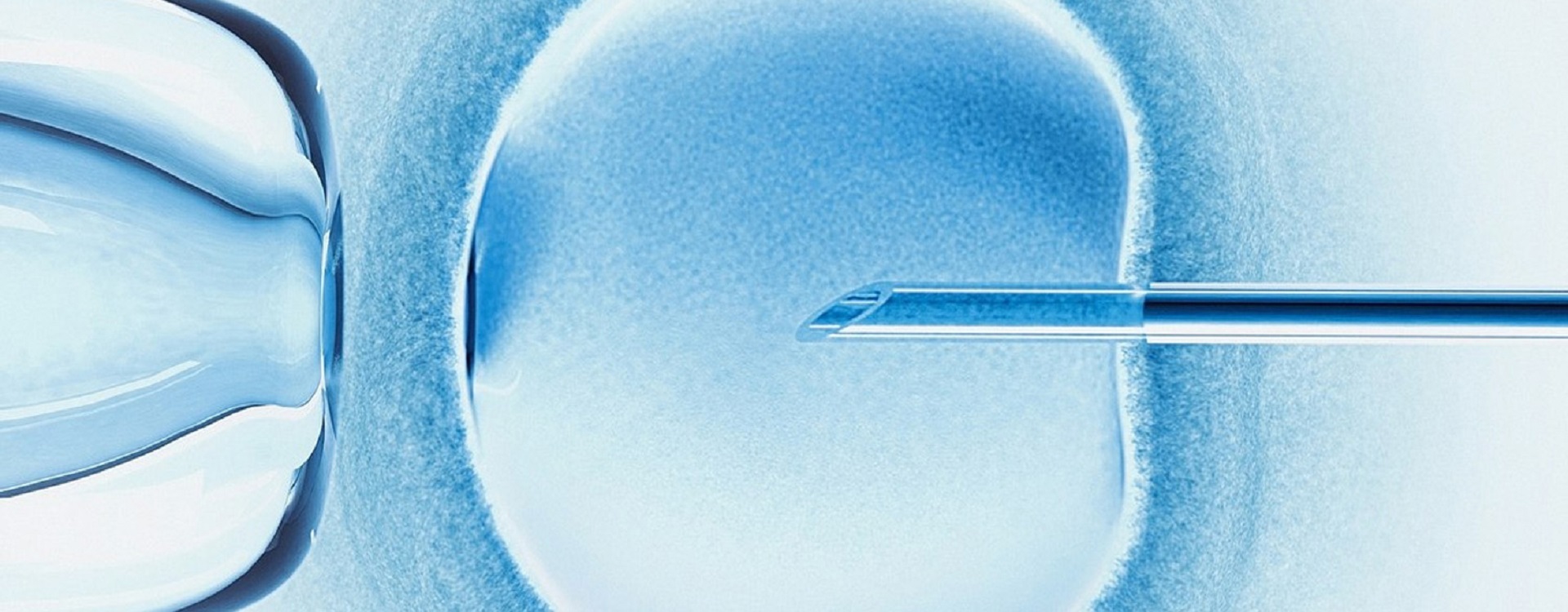
DISHES
The Vitrolife Labware dishes are specifically designed and certified for IVF, enabling a safe environment for your IVF procedures.
Application Ready to use.
Storage Store in room temperature.
CREATE OPTIMAL CULTURE CONDITIONS BY UNDERSTANDING THE IMPORTANCE OF EXTENSIVE QUALITY TESTING
Plastic disposables are used throughout the IVF process, but only a small percentage of them are suitably tested. When insufficiently quality controlled, plastic disposables are contain components that are toxic to gametes and embryos.
This phenomenon is called reprotoxicity and has a negative influence on the physiology and viability of human gametes and embryos
Reprotoxicity can be however be minimised by using media and disposables that have been accurately tested.
Watch this webinar to learn more about how you can create optimal culture conditions by understanding the importance of extensive quality testing and using an unbroken chain of quality products.
EMBRYO SAFE DISHES ENABLING CONTROL
Our dishes are specifically designed to support and facilitate the various procedures during the IVF process to make your way of working easier
and more effective. Vitrolife dishes are manufactured with quality controlled and certified materials. The finished products are further tested to offer a secure environment
for gametes and embryos.
Temperature consistency
The absolute flat bottom, enables full contact
with the heated stage. All dishes receive the same
bottom temperature when placed on a heated
stage.
Labelling area
To secure patient identification, dishes have a
dedicated area for labels or barcodes, separated
from the handling area
Tapered edges
Tapered edges provide easier access to embryos
as they are also clearly visible at the periphery of
the well. All dishes except ICSI dish
DISHES FOR EVERY PROCEDURE
Micro-droplet culture dish
This unique innovation takes culture in micro-droplets to a higher level. The dish is equipped with 12 micro-wells optimised for 25-35 µL droplets.
The α-numeric identification secures and facilitates embryo identification, both when viewed in and outside of the microscope.
5-well culture dish
The 5-well dish ensures embryo viability, as each well is surrounded
by either air or media, resulting in a homogenous temperature.
Centre well dish
The centre well dish is a multi-purpose dish for fertilisation, cryo-
procedures, embryo culture and embryo transfer. The oval centre well
allows for easy instrument access from the sides. The small diameter
of the bottom facilitates easy embryo location.
ICSI dish
The square format and low profile with low rims allow for easy instrument access.
The α-numeric identification secures and facilitates embryo identification, both when viewed in and outside of the microscope..
Culture dish 40 mm
Like the other dishes intended for culture, this dish has tapered
edged. The ramp makes for easier access to embryos as they are
clearly visible when at the periphery of the wall. The dish has a
security ledge.
Culture dishes 60 and 90 mm
The 90 mm round culture dish is dedicated for oocyte retrieval, while
the round 60 mm dish can be used for oocyte retrieval, fertilisation and
culture.
TEMPERATURE CONSISTENCY ENSURES EMBRYO VIABILITY
Embryos in culture are very sensitive to temperature fluctuations. The quare dishes have an absolute flat bottom which enables full contact with the heated stage. The picture shows four Vitrolife Labware dishes on a heated stage calibrated to 37°C
Once you have calibrated the temperature of your heated stage you can feel confident that all dishes will have the same temperature. This optimises heat transfer, minimises variation between dishes and enables consistent temperature.
Why you should only use IVF certified plastics
There are at least 30 plastic items involved in every IVF procedure. If each of them reduce the embryo viability by 2%, the final viability at re-implantation is reduced by 44%. Download this white paper to learn about what to think about when using plastics in your IVF lab.
Download White PaperClinical evaluation and user experiences with Vitrolife Labware dishes
The specially designed square dishes were clinically evaluated in two ways; for embryo development and clinical pregnancy and for usability and user friendliness. The results show that Vitrolife Labware dishes are safe and support treatment success when used for clinical IVF. In addition the dishes scored higher on usability compared to other dishes commonly used for IVF.
Download Full SummarryMaintaining the correct temperature is a critical environmental factor for gametes and embryos and needs to be carefully monitored.
- Jan Gunst, clinical embryologist, Belgium







